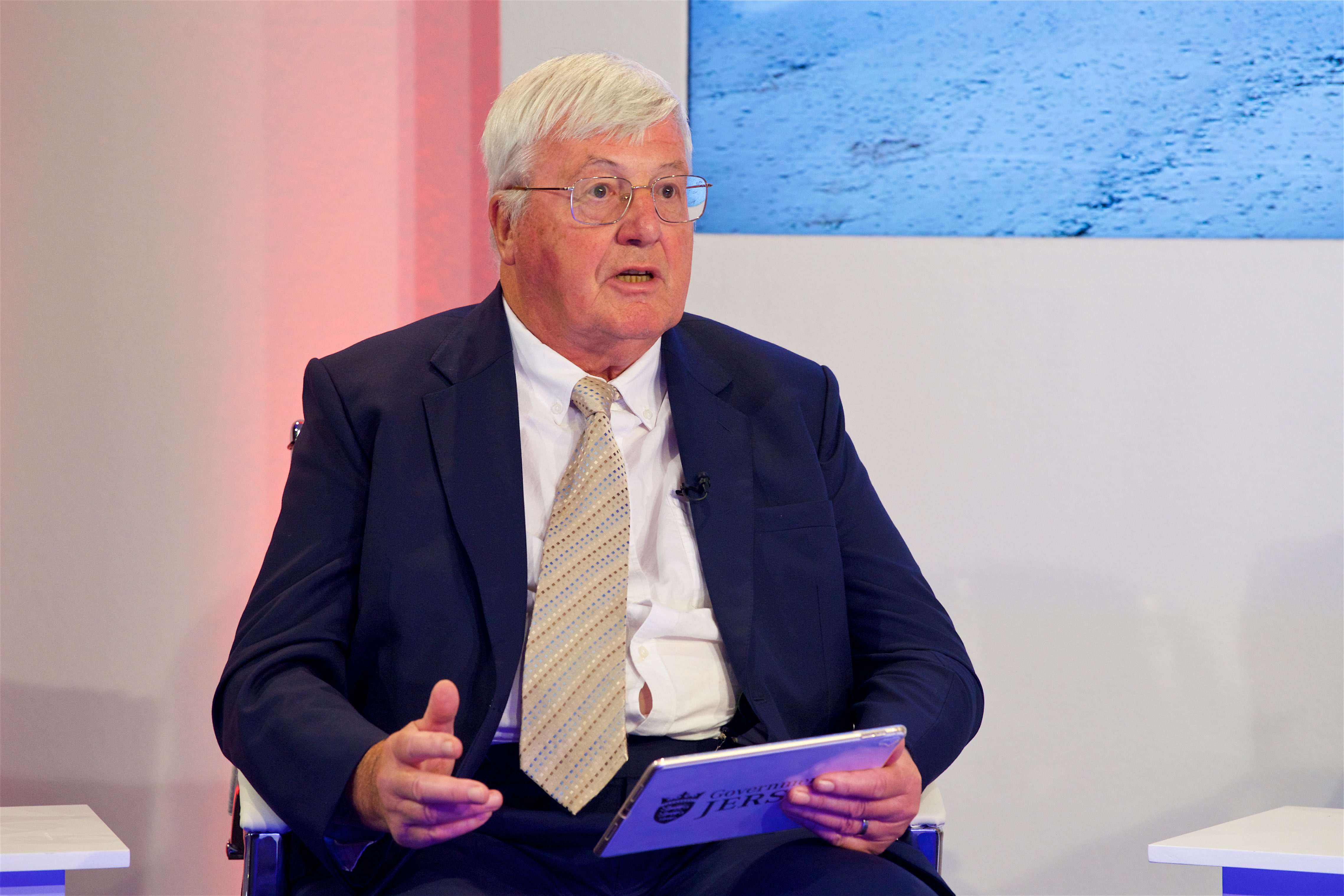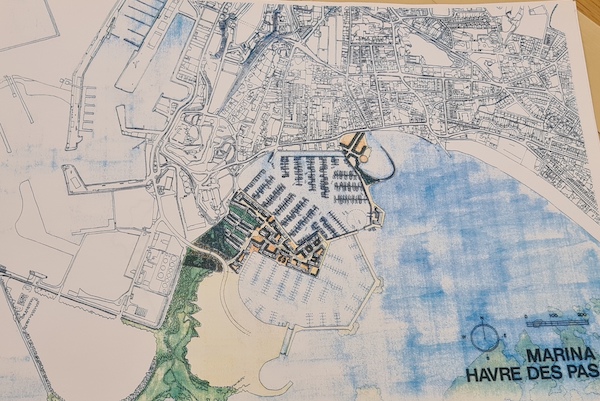


When the politicians of yesteryear decided to spend many millions on reclaiming land from the sea around La Collette, the vision was never for it to become a permanent dumping ground... So why does it appear to have become one? And should Ministers examine other uses for the area?
Former Environment Minister John Young – who was a senior civil servant before he entered politics – says that once ‘La Collette 2’ was filled in with inert waste, the initial plan was to build houses on it.
He argues that planning conditions need to be set to ensure that the storage of hazardous and inert waste there is temporary and any longer-term strategy needs to include plans for other uses, including housing and commercial use.
Last week, during a States Assembly debate on the future of site, Infrastructure Minister Tom Binet told States Members: “La Collette has been and is currently doing exactly what it was intended and designed to do.”
But Mr Young, who was Chief Officer of the Planning and Environment Department, said that this was incorrect.

Pictured: John Young is a former Chief Officer of Planning and Environment, and Environment Minister.
“When the politicians of the time committed to spend many millions of pounds to reclaim land from the sea, I know for a fact that they did not envisage it being a waste site,” he said.
“The island faced a challenge to find housing sites, as it does now, and La Collette was clearly an option.
"I have no doubt that Deputy Binet made a sincere speech based on the advice he was given, but my clear recollection was any storage of waste, once the site had been filled in, would be temporary.
“The vision was that the land would be reused in the future, particularly to meet the urgent need for housing.”
Residential accommodation was a key feature of ambitious plans put forward by States-commissioned architects in the early 1990s.
Earlier, in the 1990s, States-commissioned had architects called for more land reclamation to the south and east of La Collette.

Pictured: Architects commissioned by the States of Jersey created a vision for a new marina in Havre des Pas in the early 1990s. (Jersey Heritage)
They suggested this would allow the creation of a new quayside at the south end of Havre des Pas, as well as 5.5 hectares for residential and tourist development.
A 750-berth marina, extending to the swimming pool at the Lido, also featured on the plans, with islands within it creating a further two hectares for possible residential’ development.
That vision was not progressed, however, and, by 2000, housing was no longer considered appropriate in on the grounds that a safety zone was required around the fuel farm, the existing roads would be unable to take the volume of traffic, and moving industry there, such as warehousing, would free up other parts of town for social housing.
Despite this, it was still envisaged that a slipway and boat park would be built on the eastern side, to provide access to the water whatever the state of the tide.
The site was also considered appropriate for an aggregates’ dock to allow the importation and storage of sand and stone for when the island's own supplies ran out.
Considering the land for housing, a ‘development framework’ published by the Government in June 2000 stated: “The potential use of part of the site for the purposes of providing residential accommodation has been considered: it is theoretically possible to provide up to 400 units of accommodation on the eastern part of the site.”
However, it added: “It is considered that the objective of securing land for housing, and particularly housing for social need, is best met by seeking to provide industrial land at La Collette 2, thus offering the potential to release land for housing in the existing built-up area of the town, rather than allocating newly reclaimed land for housing at La Collette 2.
“It is also considered to be illogical to develop housing next to potential ‘bad neighbour’ uses at La Collette.”
One of the limitations of the site remains four concentric ‘safety zones’ around the fuel farm, which were introduced following a fire at an oil storage depot at Buncefield in Hertfordshire in 2005.
However, Mr Young said that it was conceivable that Jersey’s fuel farm would be a lot smaller, or even non-existent, in the not-too-distant future.
He said: “We are committed to reduce our reliance on fossil fuels and the Carbon Neutral Roadmap introduces a ban on all new petrol and diesel cars and small vans from 2030.
“The Government need to look at the possibilities at La Collette beyond the existence of the safety zones.”
He added: “It also needs to look at how the hazardous waste being stored at La Collette can be exported for recovery – it was always the plan that the engineered pits would be dug up when the technology existed to safely process the material in them.
“We cannot accept that these mounds will become a permanent feature.”
Last week, the States Assembly overwhelmingly supported Deputy Binet’s proposal to give political support to allowing existing mounds full of hazardous waste at La Collette to get bigger.
A headland to the east of the site has already been built to a height of 17m above the surrounding seawall without planning permission.
The successful proposition allows this mound to increase in height by another 4.5m and another one to be built to the same height towards the west. However, these headlands require both retrospective and new planning permissions.
The approved proposals also involve the creation of a public footpath around the whole perimeter of the reclamation site from the incinerator to the tanker berth and the "restoration" of the mounds through landscaping and the planting of trees – something members of the Havre des Pas Improvement Group had previously discussed.
Deputy Binet’s approved proposal also included a commitment to start work on a long-term plan for waste disposal which includes:
"using policy, regulation, enforcement, and disposal charges to drive behaviour change with the aim to minimise the generation of waste at source", and
"identifying future locations for the management and storage of hazardous waste and non-recyclable inert waste once La Collette has reached capacity as per the short to medium-term plan".
What do you think of the La Collette 'mounds'? Would you like to see other uses for the area? Email editor@bailiwickexpress.com with your thoughts.
Comments
Comments on this story express the views of the commentator only, not Bailiwick Publishing. We are unable to guarantee the accuracy of any of those comments.